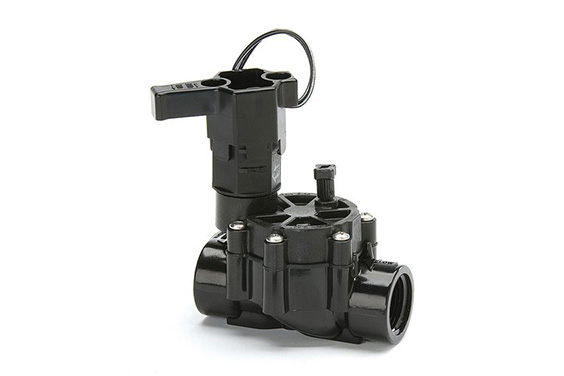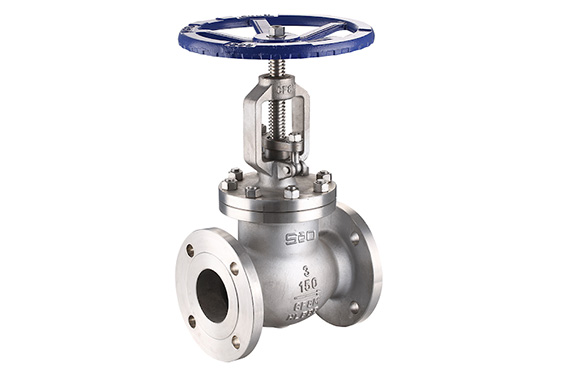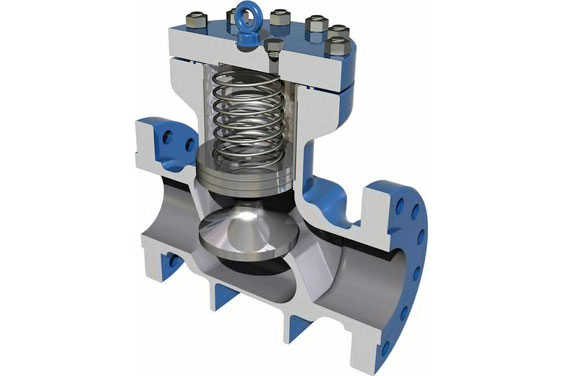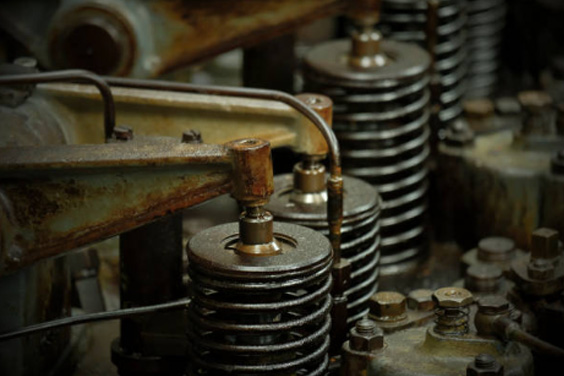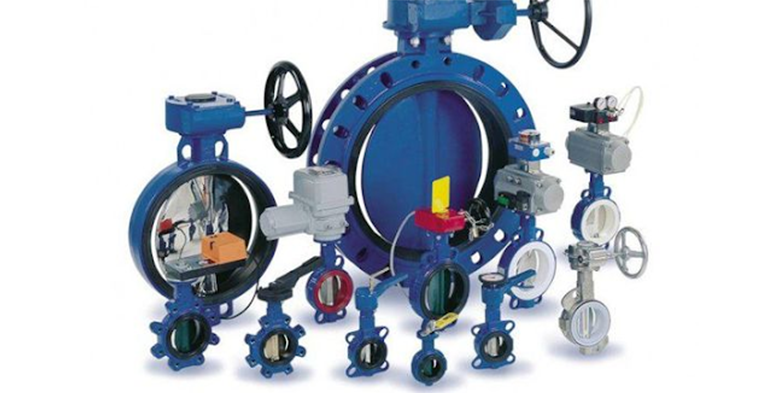If you’ve ever tried to unstick a propane tank valve, you know that it can be a real pain. These valves can be tough to turn, and if they’re frozen solid, it can be even harder. But don’t worry – with these tips, you’ll be able to get that valve unstuck in no time!
How To Unstick A Propane Tank Valve
- Turn off the tank valve. If you are unsure how to do this, please contact your propane provider.
- If you have a water source nearby, turn on a hose and run water through the valve for several minutes to clean out any debris that may be stuck in the valve.
- If the propane tank is empty, or if it has been at least 10 days since it was last filled, try to dislodge the debris by hand. It may take some force, but try to keep from bending or breaking anything as you firmly grasp the handle of the tank valve and attempt to unscrew it from the tank.
- If step 3 does not work, use a wrench or pliers to loosen/loosen (not remove) the nut holding on the valve handle (see photo above). This should allow air pressure in the tank to push out any debris blocking your access to the propane inside of it.
- Once you’ve removed whatever is blocking access to your propane supply, reattach your regulator and turn on your tank again before refilling!
How do I reset a propane tank valve?
At some point, most homeowners will need to reset a propane tank valve. This simple task is often required when the tank is empty or when the valves have become damaged. Fortunately, it is a relatively easy process that can be completed in just a few minutes. First, locate the valve at the top of the tank. Next, use a wrench to turn the valve clockwise until it is tight.
Finally, open the valve by turning it counterclockwise. Once the valve is open, propane will begin to flow into the tank. Be sure to monitor the level of propane in the tank and close the valve when it reaches the desired level. By following these simple steps, you can easily reset a propane tank valve.
Can I use WD40 on a propane tank?
While it might seem like a good idea in theory, doing so could actually be dangerous. The propellant in WD-40 is highly flammable, and spraying it on a propane tank could cause a fire or explosion. In addition, the WD-40 can interact with the propane, causing it to leak out of the tank. So next time you’re considering using WD-40 on your propane tank, think twice! It might not be as helpful as you think.
Why did my propane tank lock?
Have you ever gone to use your grill only to find that your propane tank is locked? It’s a frustrating feeling, but luckily there’s a reason for it. Propane tanks are equipped with a safety measure called an OPD valve, which stands for overfill prevention device.
This valve is designed to shut off the flow of propane if the tank begins to overfill, preventing a dangerous Propane is a highly flammable gas, so it’s important to make sure that it’s stored safely. The OPD valve is one way to ensure that. When you take your grill out for the first time in the season, the change in pressure can cause the OPD valve to trip, locking the tank.
The good news is that it’s easy to fix – simply turn the valve until you hear a click, and you’ll be back in business. So next time your propane tank is locked, don’t panic – it’s just a safety measure working as intended. Happy grilling!



